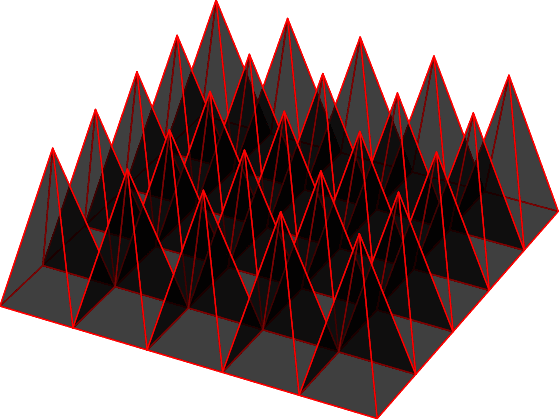Clément Levrard
UR
Topological Analysis for Detecting Anomalies (TADA) in Time Series
Jun 10, 2024Abstract:This paper introduces new methodology based on the field of Topological Data Analysis for detecting anomalies in multivariate time series, that aims to detect global changes in the dependency structure between channels. The proposed approach is lean enough to handle large scale datasets, and extensive numerical experiments back the intuition that it is more suitable for detecting global changes of correlation structures than existing methods. Some theoretical guarantees for quantization algorithms based on dependent time sequences are also provided.
Topologically penalized regression on manifolds
Oct 26, 2021



Abstract:We study a regression problem on a compact manifold M. In order to take advantage of the underlying geometry and topology of the data, the regression task is performed on the basis of the first several eigenfunctions of the Laplace-Beltrami operator of the manifold, that are regularized with topological penalties. The proposed penalties are based on the topology of the sub-level sets of either the eigenfunctions or the estimated function. The overall approach is shown to yield promising and competitive performance on various applications to both synthetic and real data sets. We also provide theoretical guarantees on the regression function estimates, on both its prediction error and its smoothness (in a topological sense). Taken together, these results support the relevance of our approach in the case where the targeted function is "topologically smooth".
Robust Bregman Clustering
Dec 11, 2018



Abstract:Using a trimming approach, we investigate a k-means type method based on Bregman divergences for clustering data possibly corrupted with clutter noise. The main interest of Bregman divergences is that the standard Lloyd algorithm adapts to these distortion measures, and they are well-suited for clustering data sampled according to mixture models from exponential families. We prove that there exists an optimal codebook, and that an empirically optimal codebook converges a.s. to an optimal codebook in the distortion sense. Moreover, we obtain the sub-Gaussian rate of convergence for k-means 1 $\sqrt$ n under mild tail assumptions. Also, we derive a Lloyd-type algorithm with a trimming parameter that can be selected from data according to some heuristic, and present some experimental results.
 Add to Chrome
Add to Chrome Add to Firefox
Add to Firefox Add to Edge
Add to Edge